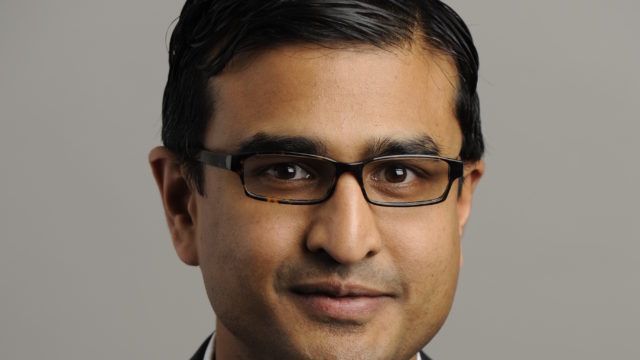“Although under pressure from fee compression, passive product substitution and low organic asset growth, profit margins remain high for traditional asset managers, which is a source of credit strength,” Moody’s assistant vice president Stefan Kahandaliyanage wrote in a recent report on the global asset management industry.
The outlook is supported by several factors including low expectations for a recession in 2020, further cut-backs in middle and back office functions which will compensate for increased spending on data, technology and regulatory compliance, and M&A activity — especially in the wealth management sector — that should provide economies of scale and diversification benefits.
Nevertheless, the industry faces headwinds.
More fee compression is likely, especially for liquid products. Charges for commoditised funds, such as vanilla ETFs, will “continue their march to ‘zero'”, while regulatory moves towards greater transparency about fees globally will force fees on actively managed funds lower, according to Moody’s.
The tighter scrutiny of funds’ fees is reflected in the recent decision by leading fund research firm Morningstar to place greater emphasis on fees in its analysts’ ratings.
Expense ratios have fallen on a continuous trend since 2013, although specialist funds, such as private equity and loan funds, have been able to maintain relatively high charges, noted Kahandaliyanage.
“For alternative asset managers, we believe business conditions, including low [interest] rates, public market volatility, and robust investor demand will continue support very strong profitability and leverage profiles across the sector,” he said.
However, poor returns from traditional active managers will lead to further encroachments from passive strategies, he noted.
“Net outflows accelerated in 2019 amid changing investor preferences and lack of performance among active equity managers,” noted Kahandaliyanage.
“Large passive players, such as Blackrock will [therefore] enjoy strong organic AUM growth rates,” he said.
According to Moody’s calculations, average annual organic asset growth, excluding Blackrock, has declined 1.2% during the past five years, but has risen an average 1.7% a year if Blackrock is included.
Total expense ratio decline for mutual funds and ETFs indexed to 2013

Source: Moody’s Investors Service
AI disruption in AM?
Meanwhile, “technology disrupts all segments of the asset management value chain”, said Kahandaliyanage.
He expects greater use of artificial intelligence, machine learning and natural language processing to analyse unstructured or non-traditional data and identify prospective securities. Ultimately, passive management will benefit from the increasing automation of active management through adopting their innovations, leading to “little distinction between active and passive management in public markets,” he argued.
Moreover, asset managers will need to develop their digital distribution capability, perhaps by partnering with firms that already have social media and online payments platforms, in order to compete with robo-advisory products, according to Moody’s.
Yet, they need to be careful to comply with the European Union’s General Data Protection Regulation, which protects personal data and privacy, to avoid cost to their brand as well as profits, noted Kahandaliyanage.
Despite the potential pitfalls, there are plenty of growth opportunities for traditional asset managers, according to Moody’s.
In particular, “investor interest will drive wide-scale creation of ESG products and services, and firms will aim to reduce risks, spot long-term opportunities and deliver returns,” said Kahandaliyanage.
Finally, Moody’s reckons that global asset managers will increase spending on their Chinese initiatives next year, with AUM in China forecast to reach $2.8trn by 2021, and increase up to 14% a year over the next decade, according to estimates by Casey Quirk, an asset management consultant.
“A local China market presence is essential for [their] industry competitiveness because the Chinese market is among the fastest-growing pool of investible assets,” said Kahandaliyanage.
Sustainable investing assets are growing rapidly


















